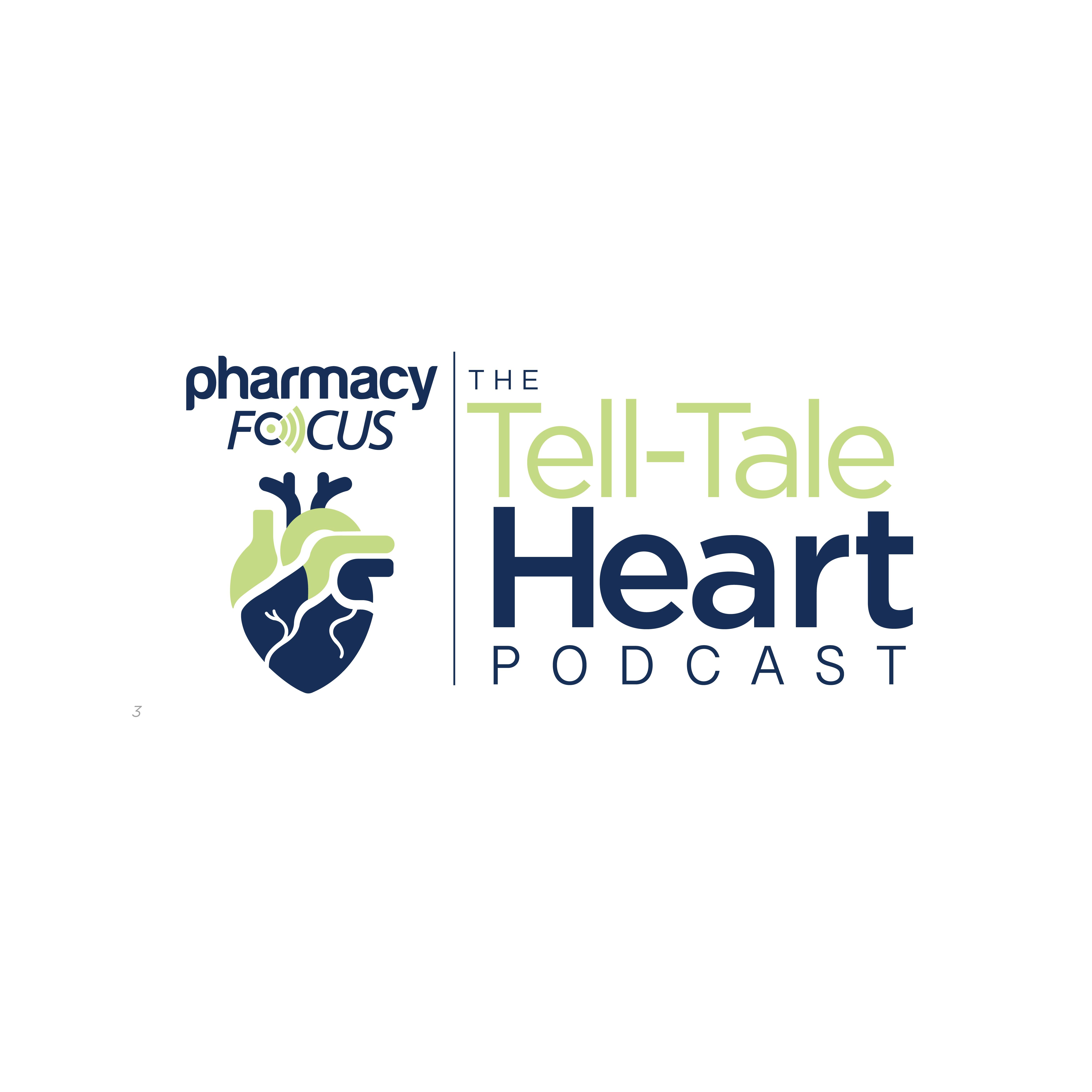News
Article
Enhancing Outcomes With Immunotherapy Agents for Patients With Non-Muscle Invasive Bladder Cancer
Author(s):
Key Takeaways
- BCG therapy limitations have driven the exploration of novel NMIBC treatments, including chemotherapy, immunotherapy, and gene therapy-based approaches.
- Pembrolizumab, approved for BCG-unresponsive NMIBC, offers a bladder-sparing option with a complete response rate of 41% at 3 months.
Panelists at the 2025 ASCO Genitourinary Cancers Symposium discussed challenges and new approaches to treatment.
For decades, the management of bladder cancer has primarily focused on advanced and metastatic disease, as well as muscle-invasive bladder cancer (MIBC). However, the vast majority of patients—approximately 75%—present with non-muscle invasive bladder cancer (NMIBC). Traditionally, treatment for high-risk NMIBC has relied on Bacillus Calmette-Guérin (BCG) therapy following transurethral resection, but ongoing BCG shortages, cumbersome treatment schedules, and poorer responses in certain patient populations have prompted the exploration of novel therapies.1
Bladder cancer cells | Image Credit: © Navaporn - stock.adobe.com

BCG therapy has been a cornerstone of NMIBC treatment for over 50 years, working through immune activation mechanisms involving CD8+ T cells, natural killer cells, and macrophages. However, its use involves a strenuous treatment schedule involving 6 weeks of induction therapy, followed by multiple maintenance courses and cystoscopic evaluations. Patients often experience urinary side effects such as frequency, urgency, hematuria, and incontinence. Additionally, they may have BCG-unresponsive disease.1
In 2018, the FDA established a consensus definition to streamline clinical trial design and regulatory approval. Patients with BCG-unresponsive disease include those with high-grade T1 recurrence at first evaluation (3 months post-induction BCG), persistent or recurrent high-grade Ta or T1 within 6 months of adequate BCG, or CIS recurrence within 12 months of adequate BCG (defined as at least 5 of 6 induction doses and 2 of 3 maintenance doses).1
The limitations of BCG therapy and the need for alternative options have led to significant innovation in bladder cancer treatment, including chemotherapy, immunotherapy, and combination regimens. Intravesical chemotherapy innovations have demonstrated clinical benefits, such as gemcitabine (Gemzar; Eli Lilly and Company) and docetaxel (Docefrez; Bayer HealthCare Pharmaceuticals Inc) combinations, which has shown efficacy in BCG-exposed patients. There are also the novel systemic and intravesical immunotherapies that have revolutionized treatment approaches across cancer types.1
“Now we have a whole plethora of different options and different mechanisms to treat non muscle invasive bladder cancer, truly the new golden age of [NMIBC],” said Bogdana Schmidt, MD, MPH, from the Huntsman Cancer Institute at the University of Utah.1
The immune checkpoint inhibitor pembrolizumab, which was originally FDA-approved for advanced bladder cancer, received additional approval in 2020 for NMIBC for the treatment of BCG-unresponsive non-muscle invasive bladder cancer. It was approved based on the KEYNOTE-057 study (NCT02625961), which included patients with carcinoma in situ (CIS) with or without papillary disease (cohort a) and with papillary disease only (cohort B). In cohort A, the complete response rate (CRR) at 3 months was 41%, with a durable response duration of 16 months. At 12 months, the CRR was around 20%. In cohort B, the 12-month disease-free survival (DFS) was just over 43%, with a median DFS of 8 months.1-3
Pembrolizumab has a safety profile typical of immune checkpoint inhibitors, with around 13% to 14% experiencing grade 3 to 4 treatment-related adverse events (AEs). Some patients may also develop irreversible toxicities like adrenal insufficiency or diabetes. Additionally, pembrolizumab provides a bladder-sparing option; only about 1 in 5 patients maintain a complete response at 1 year, so it's important to counsel patients on the disadvantages.1,2
Another FDA-approved agent for BCG-unresponsive NMIBC is nadofaragene firadenovec (Adstiladrin; Ferring Pharmaceuticals), an adenovirus-based vector that promotes inflammation and inhibits tumor cell growth in the bladder. In a study that led to its approval, nadofaragene firadenovec monotherapy showed a CRR of 53% at 3 months. At 1 year, the durable CRR was 24%. The therapy was noted to be well-tolerated, with the main AEs being local effects like urinary frequency, urgency, and dysuria that urologists can manage.1,4
An attractive aspect of the agent is its bladder-sparing option, which is particularly important for patients who want to avoid the systemic side effects associated with immune checkpoint inhibitors.1
“From my view as urologist, I think nadofaragene firadenovec is a really attractive option for patients who want to avoid the systemic AEs of checkpoint inhibition, but it does require it's more intravesical therapy,” said Mark Tyson, MPH, from Mayo Clinic Arizona.1
Nogapendekin alfa inbakicept-pmln (N-803, Anktiva; lmmunityBio, Inc) is an additional bladder-sparing option for patients with BCG unresponsive disease. It is an FDA-approved IL-15 super agonist that recruits and activates cytotoxic CD8 T cells and natural killer cells to the tumor. In the QUILT-3.032 (NCT0302285), N-803 in combination with BCG showed a CRR of 55% at 3 months. Additionally, there was a durable CRR at 1 year of 45% in this patient population.1,5
Notably, the study design allowed for reinduction of N-803 plus BCG if patients had a high-risk recurrence at 3 months. This reinduction opportunity helped drive the higher response rates compared to some other agents. The intravesical administration of N-803 was seen as an advantage, allowing patients to avoid the systemic side effects of some other immunotherapies.1
The treatment landscape for NMIBC is undergoing a significant transformation. While BCG therapy has long been the cornerstone of management, persistent challenges such as treatment resistance, supply shortages, and patient tolerability have driven the need for alternative strategies. The emergence of novel intravesical chemotherapies, immune checkpoint inhibitors, and gene therapy-based approaches is ushering in a new era of bladder-sparing treatments, offering patients more options tailored to their specific needs.
With agents like pembrolizumab, nadofaragene firadenovec, and N-803 demonstrating promising efficacy, the focus is shifting toward optimizing treatment sequencing, improving durability of response, and refining patient selection criteria. Shared decision-making will be crucial in guiding patients toward therapies that balance efficacy, side effects, and quality of life. As research continues to expand, the future of NMIBC management is poised to deliver more personalized and effective solutions, ensuring better long-term outcomes for patients.






